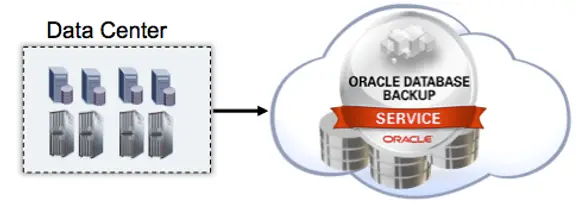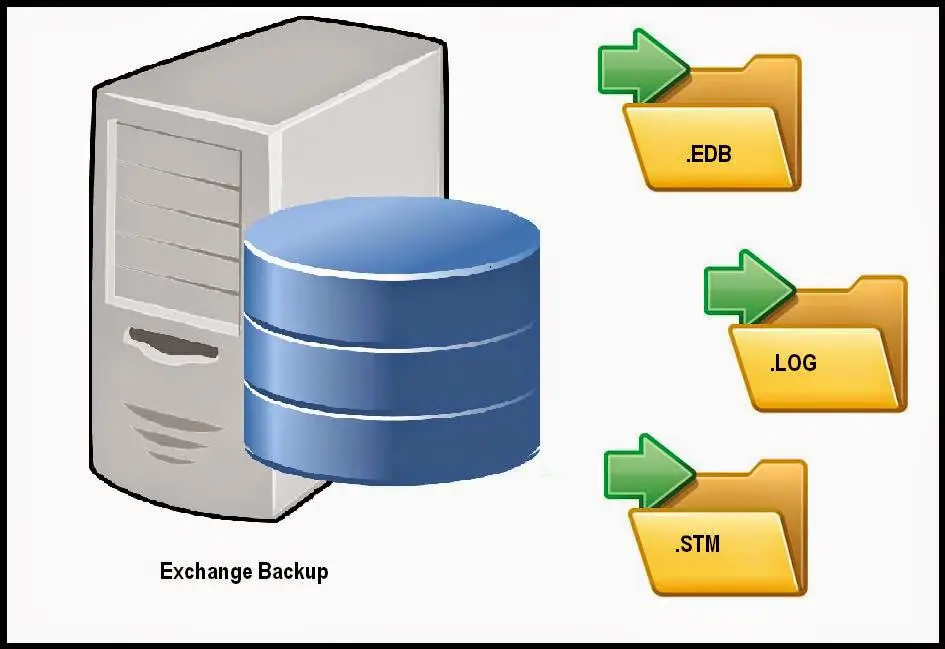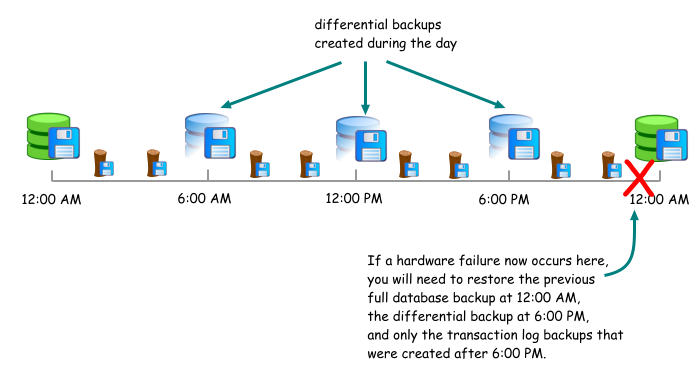
We are now presented with the tables you want to back up.Īt this point, just check the tables you want to be backed up and press Next. Selecting NEXT we will be presented with the Select-Object Types Screen, where we check the Tablescheckbox and hit Next. Script Data – True (by ticking this option you will also backup the table’s data, which will be inserted in the table’s script)Īs said, you can pick what options you consider are most valuable for your table.Here you might want to choose, but you are not limited or forced to select, the following options: The next screen which appears will be the Scripts Options:

Select Next past the splash screen and select the database that contains the table you want to back up. The below option has 2 parts, the first part is the graphical interface which is common for SQL Server versions 20, followed by the interface which can be found for all SQL Server editions from version 2008R2 and above.Īfter clicking Generate Scripts, a wizard appears.The second method is to script the table using the Generate Scripts option from Tasks.Also, the backup of the table is still stored in the database.Unfortunately, by using SELECT INTO, the major downfall is that it does not carry over the Keys, Indexes and Constraints of the table.It can copy a very large number of rows very quickly. This form of backing up a table is not as the traditional method of backing up a database to a file, as it is just a simple way to create a copy of a table, in the same database, which you can later use in the form of a backup. Due to the fact that the statement is a SELECT statement, you can have WHERE clauses if you want to filter your data, or you can add specific columns into your table copy, if not the entire table should be backed up. This statement WILL CREATE the table called tableCopy, thus you do not have to previously create it. The basic format of this statement is as follows:


Do I need to back up just the data or the table structure and constraints?.This will depend on the reason WHY you want to backup the table? There are two questions to answer before deciding/picking the option to go for. The backup operation of a table is usually done one of two ways, although most people will probably go with the second method. This can be a very common request from clients, as they might want to backup specific tables from their databases, and as there is no feature in SQL Server that offers this functionality out of the box, then we need to create our own way. Unfortunately, there is no standard or specific feature to backup a table in SQL Server, but there are workarounds.


 0 kommentar(er)
0 kommentar(er)
